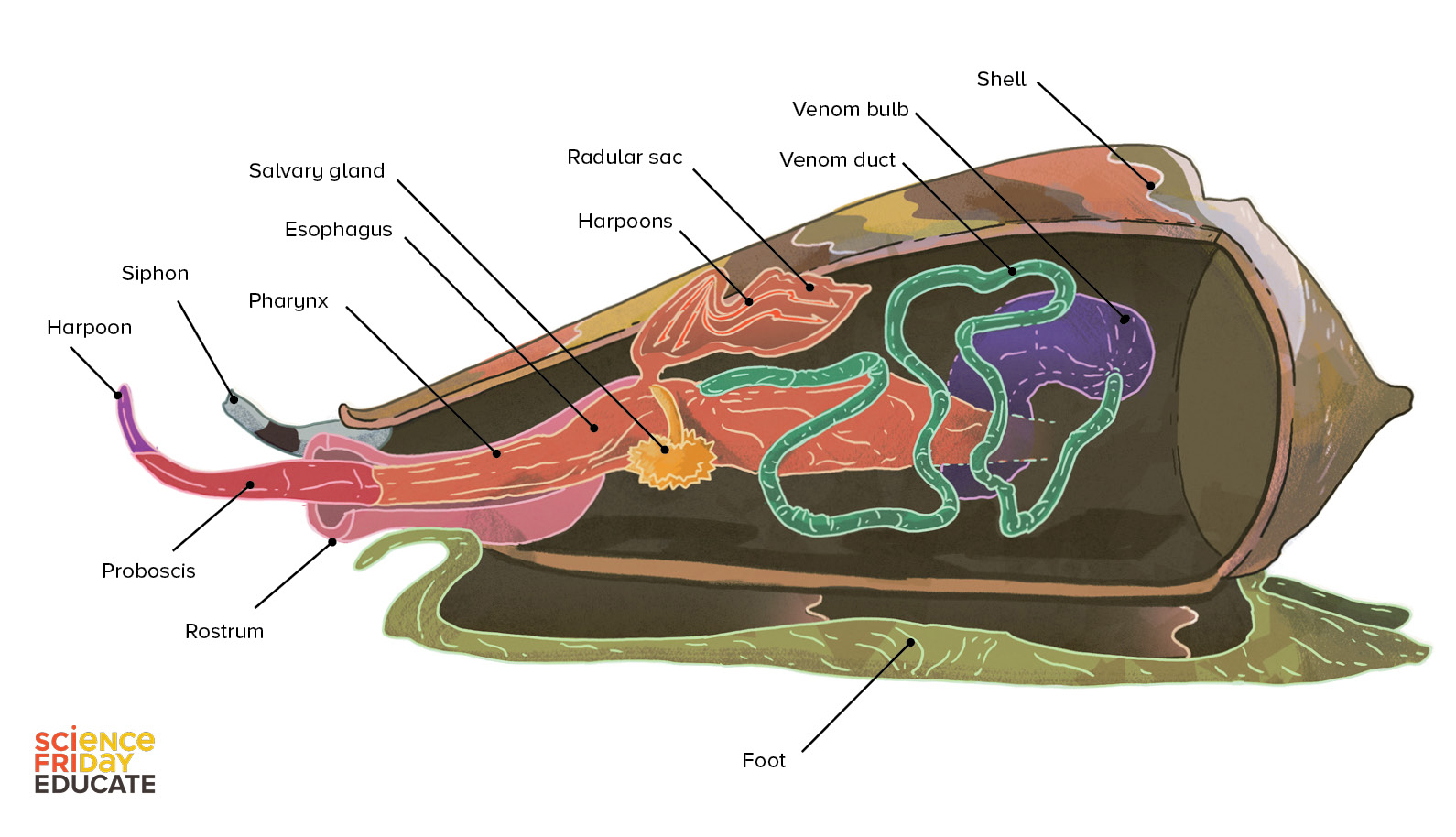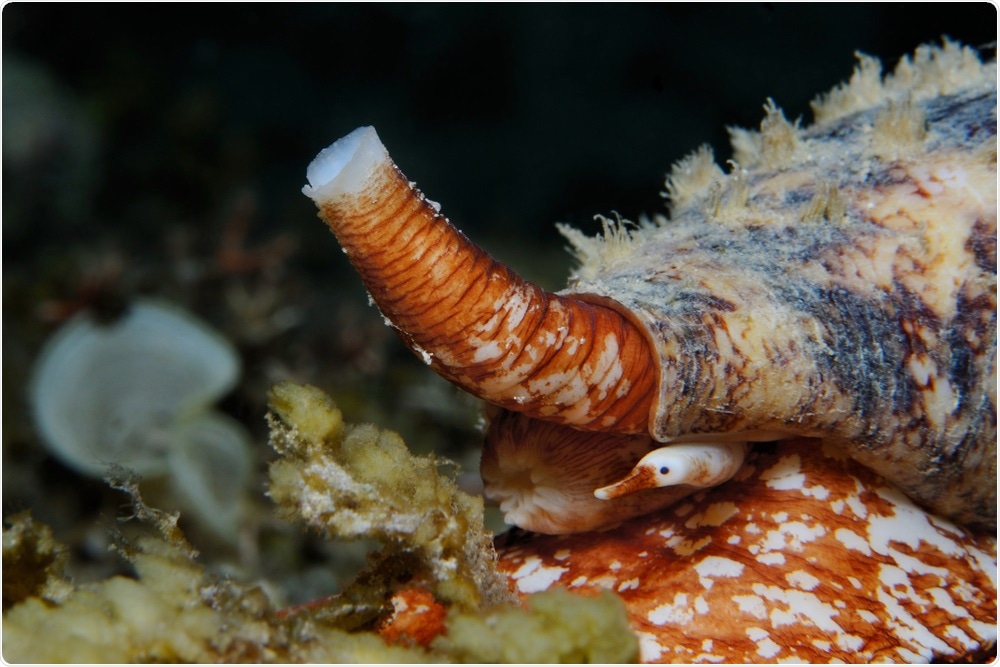

RELATED ARTICLE: Tiny Songbirds Are Dying Due to Salmonella from Baths and FeedersĬheck out more news and information on Animals on Science Times.The venomous fish-hunting cone snails ( Conus) comprise eight distinct lineages evolved from ancestors that preyed on worms.

Related information in shown on National Geographic's YouTube video Below: imperialis attracts worms with the promise of mate, only to turn into a meal. Observations in more natural environments could vary if the specialized venom of C. In the wild though, these tiny creatures are spending time hiding underneath sediments and cracks. imperialis, according to Torres, is more often than not, known from laboratory investigations, where the worms are sitting ducks for snails. The next step, Duda added, should be to figure out how such a finding is actually working in nature.

CONE SNAIL HARPOON FULL
Zoologist and evolutionary biologist Thomas Duda from the University of Michigan in Ann Arbor said that cone snails are full of surprises and this study, which he is not involved, raises an exciting probability. imperialis is not known for eating this particular worm, the researchers discovered that the DNA of close relatives in some snails' guts, proposing that the compounds could be used as protection from more common prey like fireworms. Meanwhile, out of 11 females, seven started to swirl around in tight circles. When hit with the chemicals from snail, out of 16 mails in the experiment, 13 of them released sperm. To test this appealing hypothesis, the scientists had the Platynereis dumerilii worms exposed in petri dishes to the pheromone mimics. In addition, while venom is typically doing its dirty work through injection, there are some instances of cone snails that release chemicals into the water column. Such a match, the study specified, seemed quite perfect to be coincidental. However, the molecules were notably similar to mating pheromones of some bristle worms.Ĭhemically, the emulations of snails are actually more stable compared to the natural pheromones of worms, which degrade comparatively fast after release, according to Torres. To the chemist's surprise, these tiny molecules did not appear to target neuromuscular pathways and damage their function like a lot of venom elements. These compounds include Conozolium A and genuanine. imperialis is a diverse species that hunt worms and may be used for potential medicines.Ĭhemical analysis showed two compounds that piqued the interest of the researchers. Torres, together with his colleagues, were keen to scour the cone snail or Conus imperialis' venom. Prialt, a morphine-like painkiller, for instance, stemmed from cone snails. The specificity of action of venom has caught the attention of drug researchers. A ScienceNews report indicates that, cone snails are packing their potent venom into self-made harpoons, which they throw into mollusks, fish or worms.Įach of the over 700 cone snail species' venom is said to be a treasure trove of chemicals hijacking particular physiological pathway in their prey.įor instance, a single cone snail species is producing its own fish insulin that saps the blood sugar of its prey, making it an exhausted target.


 0 kommentar(er)
0 kommentar(er)
